Fort Stewart remediates mold in barracks after years of complaints by resident soldiers
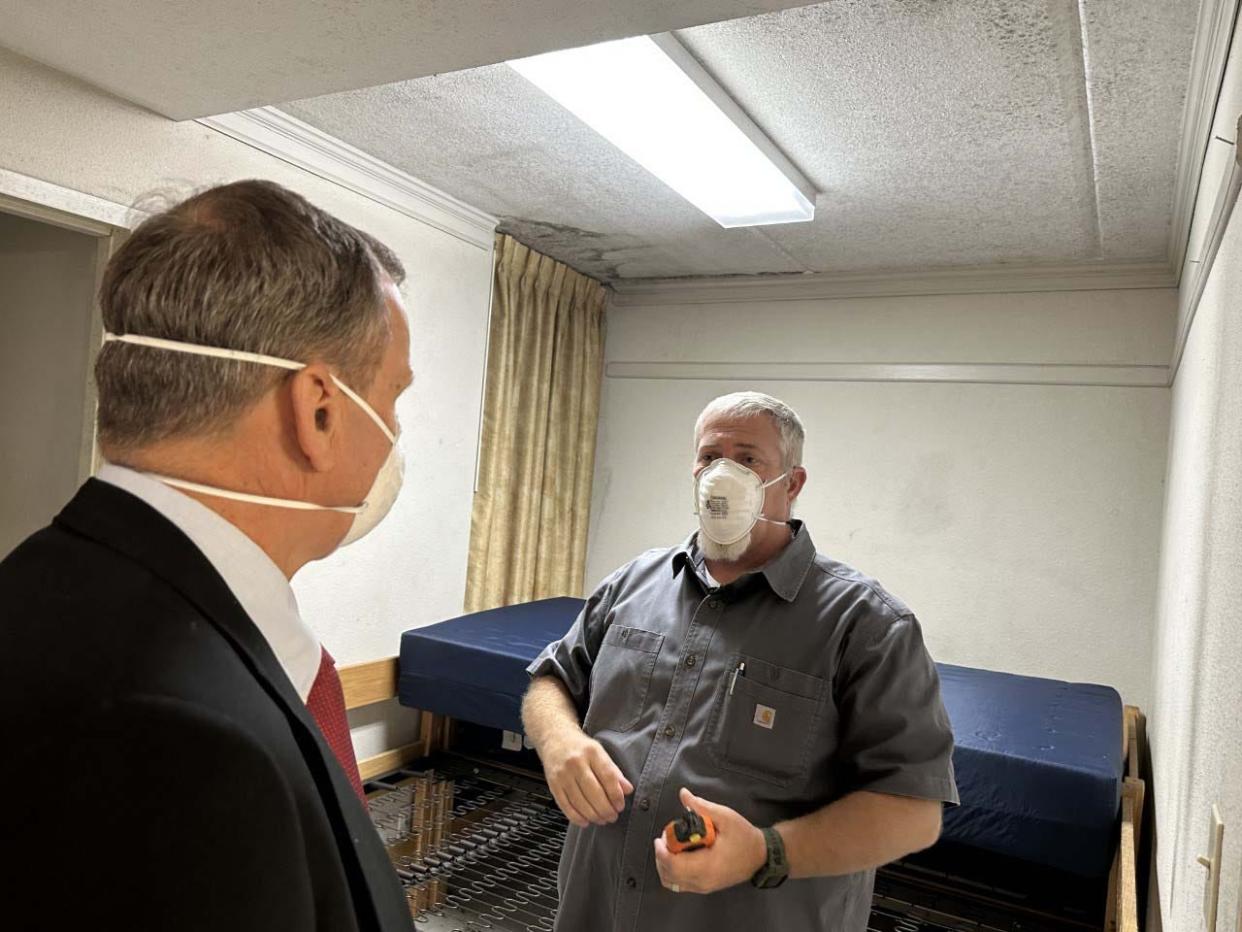
Fort Stewart opened its doors Oct. 21 for a tour of barracks undergoing treatment to remove mold after years of complaints from resident soldiers. According to the fort's Director of Public Works and mold team lead, Bill McGovern, remediation work is well underway and taking a new approach to the ongoing problem.
According to an information sheet from Fort Stewart-Hunter Army Airfield, no soldiers have been displaced due to mold although there have been 667 cases of rooms with mold — 515 have been remediated, while the other 152 cases remain open. Since Sept. 12, 2,519 dehumidifiers have been placed in barracks rooms, with 30 more pending.
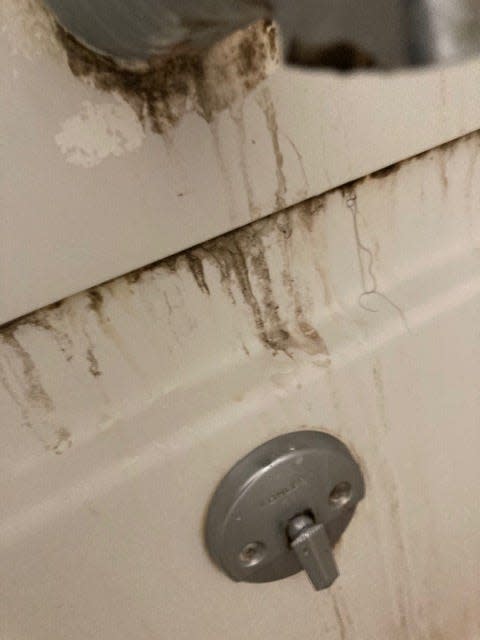
More: Latest adversary for U.S. Army? Mold in the Fort Stewart barrack
A Sept.12 press release from Fort Stewart said that most of the mold issues were in the 30 Volunteer Army barracks, which total 2,300 rooms on post, and that these rooms do not meet current Army standards.
Fort Stewart isn't the only Georgia military base struggling with mold in its housing. In April, Sen. Jon Ossoff chaired Senate Permanent Subcommittee on Investigations hearing into housing at Fort Gordon, outside Augusta, and Sheppard Air Force Base in Texas. Soldiers testified about the disintegrating environmental health conditions in the privatized military housing at Fort Gordon while the management company, Balfour Beatty Communities, maintained it could be trusted.
Soldiers testify about conditions: Soldier, others testify of "alarming" conditions of Fort Gordon housing in Ossoff-led hearing
More: Mold, roots in toilet among issues Fort Gordon resident faced in on-base housing
"This time, we're putting the education piece forward, we’re using the right materials, we’re using the right equipment and the right education to get a better hold of it to mitigate it for future problems," McGovern said. He said major changes have come after four months ago, when soldiers returned from deployment in Europe to intense mold growth all through their barracks.
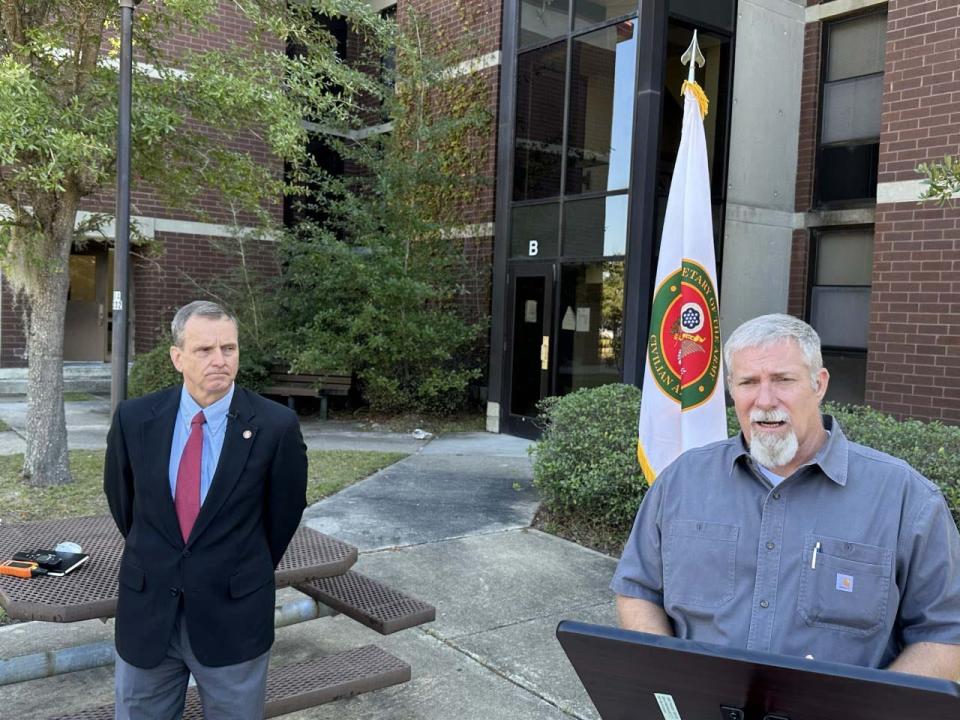
On the barracks tour, McGovern along with Civilian Aide to the Secretary of the Army for Georgia's coastal region, Peter F. Hoffman, demonstrated the three levels of mold infestation (WC) that have been identified and remediated on base.
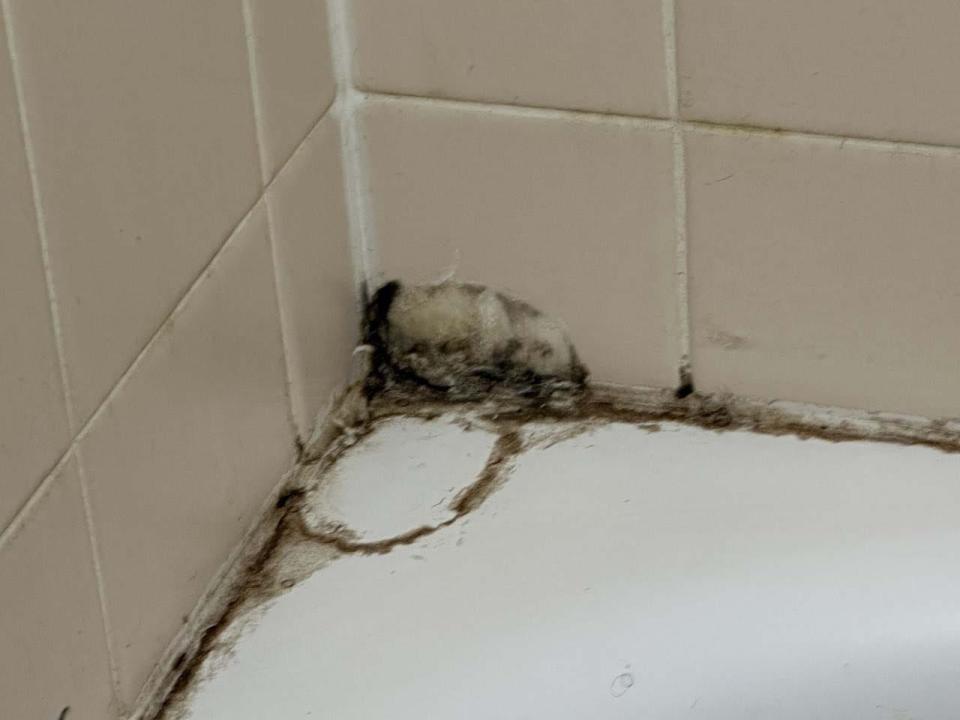
Level 1, McGovern said, are 0 to 10 square feet of mold-covered surface, Level 2 is 10 to 25 square feet, and Level 3 is 25 and greater. McGovern described the new approach to treating mold as more "methodical." Rather than simply entering a unit and cleaning it, the mold team is investigating causes and looking into why the mold is able to propagate quickly. At Level 3, McGovern said it is not a matter of "cleanliness," but most likely moisture intrusion such as leaks or a malfunctioning dedicated outdoor air system.
Another important change McGovern said was switching from using bleach-based cleaners to hydrogen peroxide-based cleaners after learning from studies conducted by Louisiana State University on effective mold treatment.
For the most severe cases — Level 3s — McGovern said there are four active rooms, six which have been cleaned, and two more that are just finishing drying out after cleaning. None of the Level 3 rooms were occupied. He said very few rooms get to Level 3, and that most are Levels 1 and 2, both levels residents are still living in.
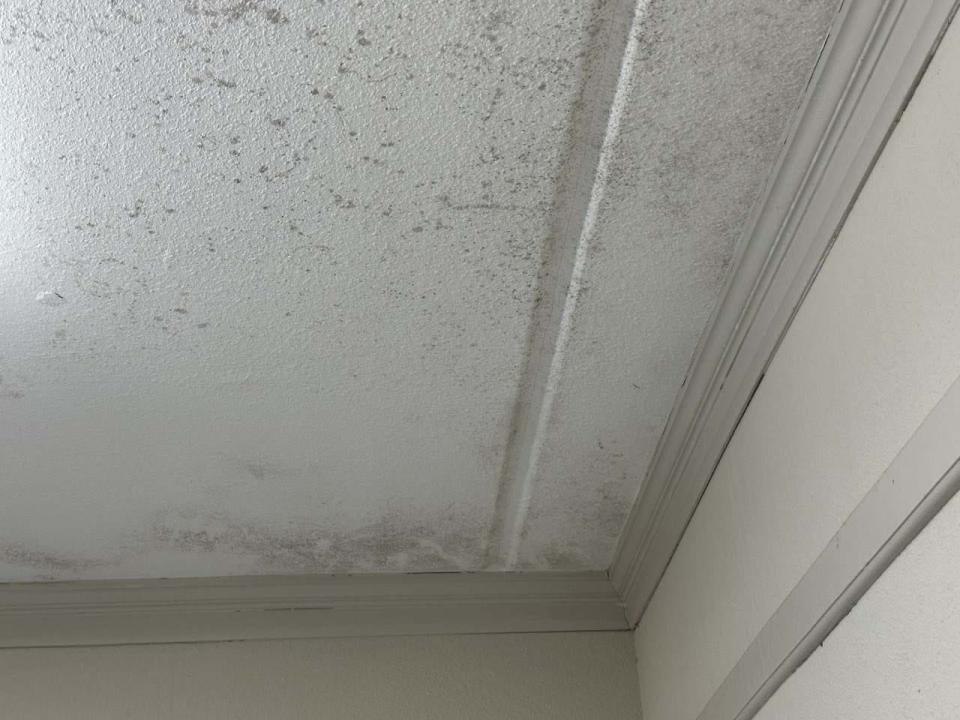
Specialist Kiara Boazman, a resident of Fort Stewart, spoke about her experience on base, stating that she had some experience with mold — only a Level 1 situation, she estimated — but never a larger-scale issue.
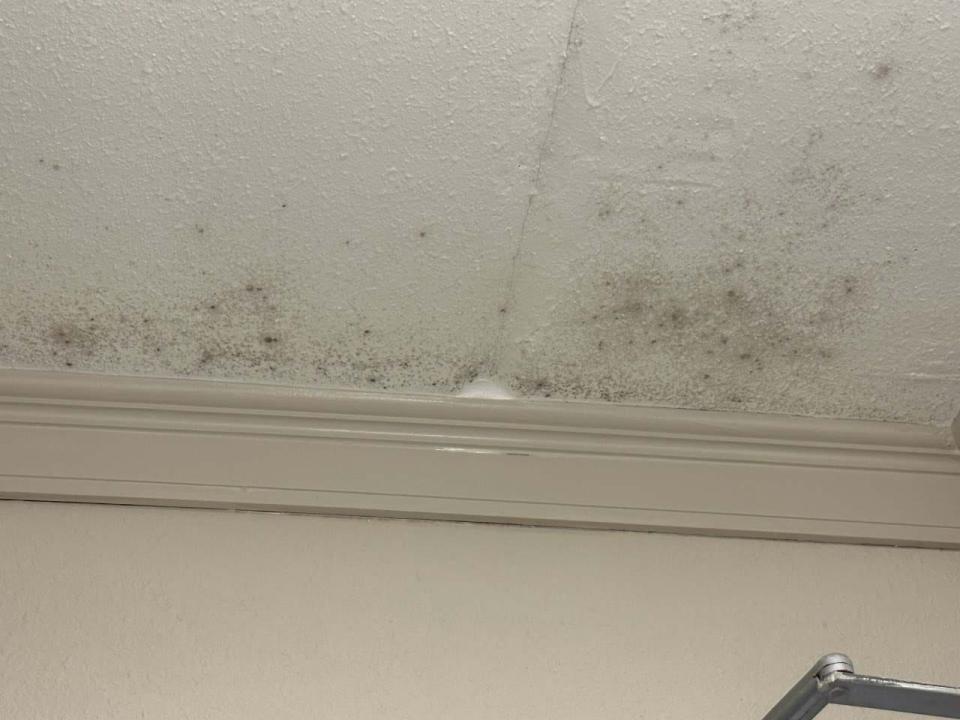
"If (residents) are gone for long periods of time, like when you take leave for a long amount of time, then sometimes you'll get mold," Boazman said. "Or when we deploy, like the year before last, we came back, it was a lot of mold in the rooms because they were unoccupied for so long."
McGovern said that the unoccupied rooms tend to have more mold growth, and that the mold team is working to check in on those more regularly for remediation. He said the barracks have upgraded its air systems, bringing in 5% to 15% fresh air and that the barracks also have dehumidifiers working to keep the coastal humidity at bay.
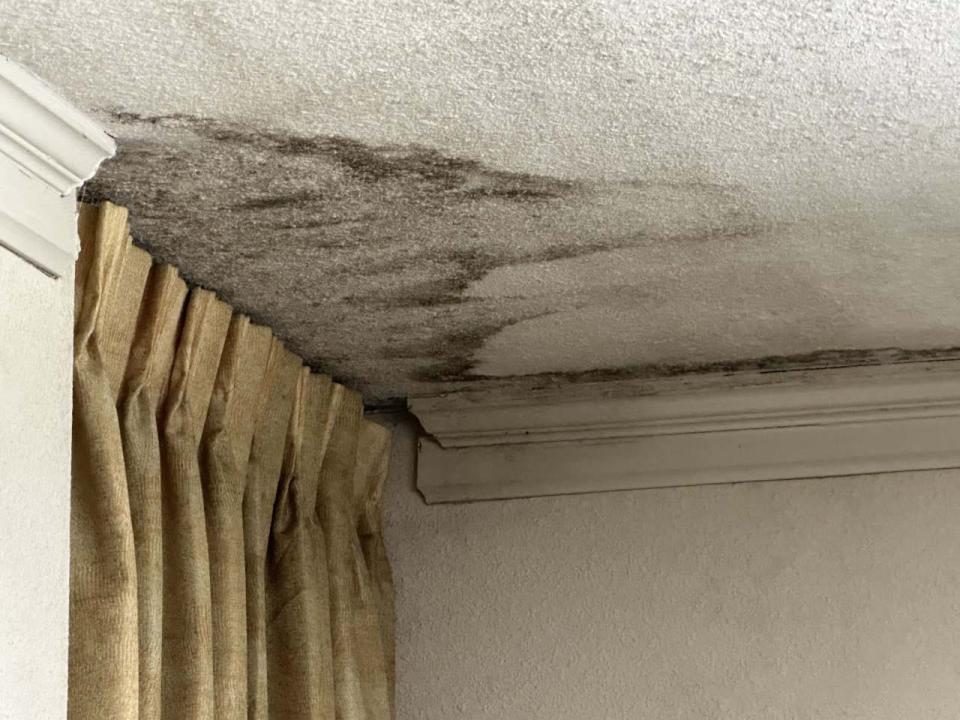
Humidity, McGovern said, is a main driver of the mold. Coastal Georgia, and the swampy areas around the fort, facilitate mold growth. He said his team is also working on educating residents about how to combat the mold. For example, Boazman reported learning to use the right cleaning products to clear up any spots of mold.
For Boazman, the recent remediations have been good — she said she's happy to see Fort Stewart working on the barracks. But that in the future, she thinks it would be best if the fort invested in new barracks or remodeling while residents are away on deployment, since those activities take time.
Marisa Mecke is an environmental journalist. She can be reached at mmecke@gannett.com or by phone at (912) 328-4411.
This article originally appeared on Augusta Chronicle: After years of complaints, Fort Stewart works to clean mold in barracks

